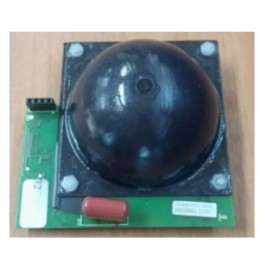Increase in Global Radon Monitoring
Radon monitoring is becoming increasingly popular in instrumentation and monitoring worldwide for both domestic and industrial applications.
Our Radon SS sensor is a unique design of high performance phototransistor gas sensor component with a standard range of 1750 pCi/l Rn. It has a field range of 0-65K Bq/m3 and resolution of 1 Bq/m3. This sensor is perfect for portable and fixed detection instruments for air quality in the home and gas detection for industry.
Being intuitive and easy-to-use, the sensor is capable of delivering a complete set of instantaneous and average Radon concentration.
Radon concentration is usually measured in the atmosphere in becquerels per cubic meter (Bq/m3), which is anSI derived unit. As a frame of reference, typical domestic exposures are about 100 Bq/m3 indoors and 10-20 Bq/m3 outdoors. In the US, radon concentrations are often measured in picocuries per liter (pCi/l), with 1 pCi/l = 37 Bq/m3.
Radon is a natural radioactive, odourless, colourless and tasteless gas. It accumulates inside of closed environments becoming dangerous to health. Alpha particles produced by the radioactive decay of inhaled gas can cause irreparable damage to lung cells.
Radon naturally emerges from soil, water and some building material. Indeed it is emitted by any natural material with even small traces of uranium, like granite, tuff, porphyry, basalt, pozzolanic cements, etc.
It has been recognised by the World Health Organisation as the second risk factor for the occurrence of lung cancer and more than 10% of cases are linked to excessive Radon exposure.
Why not ask us for details on our unique design of Radon sensor….

RADON SS SENSOR
